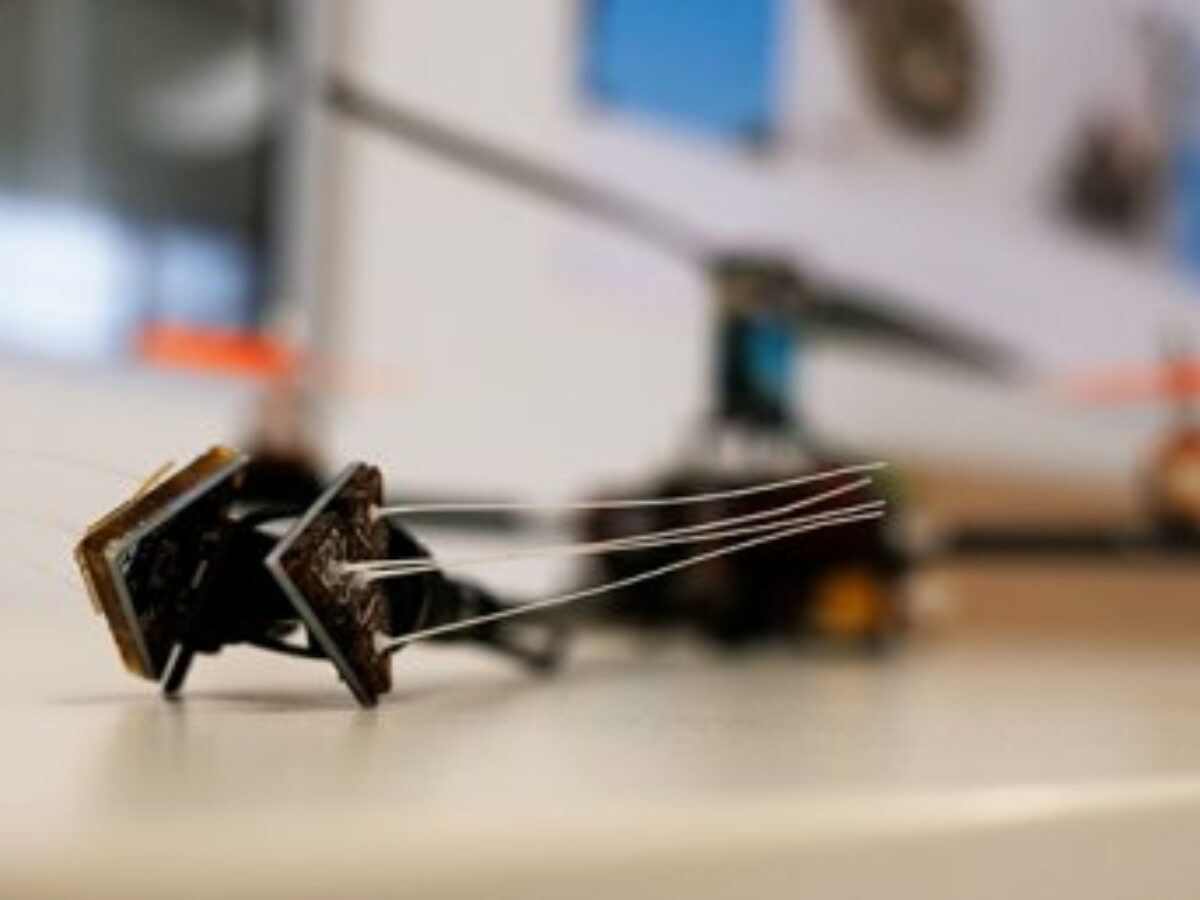Australian researchers show how cheap “whiskers” can aid sensing in drones

A University of Queensland engineer has led a team creating affordable “whiskers” to help small drones sense and navigate in their environment.
“The whiskers are long slender fibre ‘hairs’ made from the same plastic material that 3D printer extruders use.
“They are attached to small force-transmitting plates that are glued onto a miniature tripod of pressure sensors, which can then detect tip loads as low as 0.33 milligrams – less than the weight of a flea.”
It is not the first time researchers have borrowed from nature, specifically rats’ “vibrissae”, to improve the way a robot senses. Examples include Bristol Robotics Lab and University of Sheffield’s rat-inspired “Scratchbot” and work from Northwestern University looking at different whisker configurations and how force feedback from these could determine the location of an object.
Picture: UQ
Subscribe to our free @AuManufacturing newsletter here.
Topics Manufacturing News
@aumanufacturing Sections
Analysis and Commentary Awards Defence Manufacturing News Podcast Technology Videos










